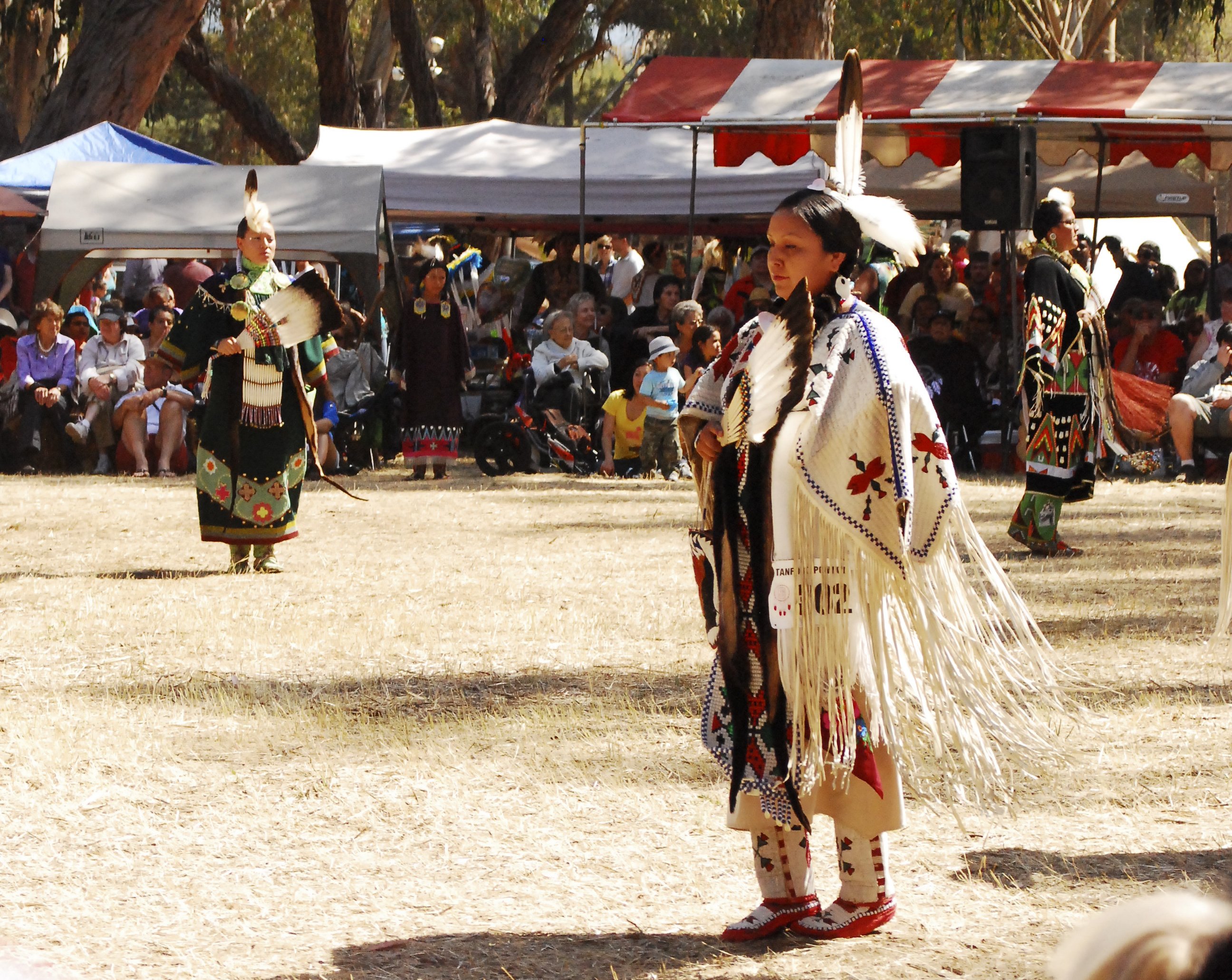Stanford’s 42nd annual Powwow will take place this weekend in Eucalyptus Grove. The event, which celebrates Native American culture through traditional native dance, arts and vendors, is expected to see 10,000 visitors per day, solidifying its reputation as the largest student-run powwow in the United States.
Powwow begins at 5 p.m. on May 10 with the opening of various Native American art markets and special performances of tribal dances. Dance competitions begin at 7 p.m. with a grand entry by dancers and will continue all day on May 11 and May 12. The weekend will also feature the annual Stanford Powwow Run, which includes a 5K race and a one-mile youth run around campus.
According to Katie Cromack ’13, co-chair of this year’s Powwow, the festival ultimately aims to bring together various groups within the nation’s Native American community in an effort to spread awareness and appreciation of their cultural identities.
“Powwow — in general –is a gathering of nations, a way for different native groups to come together and really express cultures, through dance, through music, through sharing tribal arts,” Cromack said.
Cromack and other event organizers estimated that over 100 arts and crafts vendors selling tribal items such as jewelry, paintings and clothes will be at this year’s Powwow. The event will also host informational booths and food booths, some of which will feature traditional native foods like buffalo meat and frybread.
Despite the wide range of vendors, food booths and educational opportunities, Shawnte Dutschke ’13, ethnic theme associate to Muwekma-Tah-Ruk, insisted that the festival’s main focus is the annual dance competitions.
According to Dutschke, there are dance categories for men, women, teens and children and competition genres including Men and Women’s Fancy Dance, Men and Women’s Traditional, Teen Boys’ Grass and Teen Girls’ Jingle dances. She suggested that Powwow offers a unique opportunity for firsthand exposure to Native American culture and history.
“Through the process of watching the Powwow, you learn a little bit about the culture,” she said. “Maybe you have never been to a powwow, and you ask someone, ‘What is this dance called?’ and they tell you, and they tell you a little bit of the history, or when you go to buy a piece of jewelry, you ask what it’s made of, and you learn not just what it’s made of, but why it’s important.”
Although the Stanford Powwow has a rich history, multi-tribal powwows aren’t a traditional feature of Native American culture. Dutschke pointed out that powwows are a more modern development, having emerged as a mid-century celebration of Native American heritage.
“Powwow itself is not historical — it emerged as a pan-Indian movement to bring Indian native cultures together and keep dancing alive, so all those dances are not really traditional dances. They emerged and are becoming traditions,” she said.
According to Cromack, the tradition of the Stanford Powwow began in the 1970s, when the Native American Cultural Center and the Stanford American Indian Organization first organized the event.
“[The ’70s] was the central period when the native community really banded together for the banning of the Indian mascot,” Dutschke said, noting that Muwekma-Tah-Ruk was also founded during that decade.
Cromack noted that Powwow has grown in popularity over the years, now drawing visitors from around the world. Due to the rising number of attendees, the event has had to move to the sprawling Eucalyptus Grove near the Mausoleum.
“[The Powwow] was originally on a soccer field,” Cromack said. “It has grown from a smaller venture to a very large powwow — one of the largest powwows on the West Coast [and] the largest student-run powwow in the country.”
Planning such a large event has required extensive preparation. According to Cromack, who will co-chair the Powwow with Leah Belgarde ’13, student organizers divided themselves into about 15 sub-committees, with two to six members each, depending on workload. There are also 200 to 300 volunteers from across the Farm and extensive support from both the Native American Cultural Center and students living in Muwekma-Tah-Ruk.
“Part of theme requirements for everyone to live in house is to volunteer at Powwow,” Dutschke said. “We get a lot of people volunteering and running committees.”
This year will be Kohler’s fourth year working at the Stanford Powwow.
“I like being around the Powwow and would come anyway,” Kohler said. “I like contributing to being a part of my culture and helping my peers. I have a lot of fun working on facilities, working with friends, working with a lot of people in the community.”
